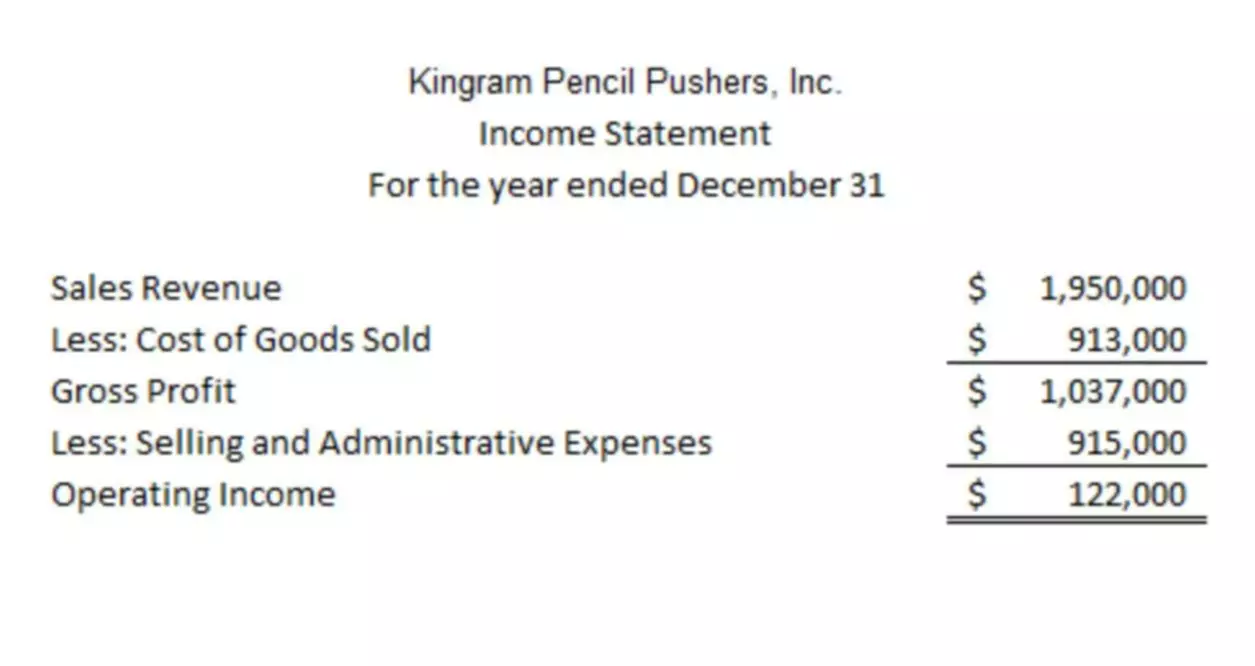What is Reorder Point? Reorder Point Definition & Formula
Content
- Accuracy of reorder points through the pinball loss function
- Demand during lead time
- Explore the Customer Data & Experience Platform B2C Leaders Love to Use
- Importance of Reorder Point:
- Reorder Point Defined: Formula & How to Use
- Reorder Point Calculation
- Standard Deviation of Lead Time
- The reorder point formula assumes static lead times

A fixed reorder point system is a method of inventory management that uses a constant value for the reorder point. This means that whenever the inventory level reaches or falls below this value, a new order is placed for a fixed quantity. The reorder point is usually calculated based on the average demand and the lead time, which are the time between placing and receiving an order. The fixed reorder point system is easy to implement and understand, and it works well for stable and predictable demand patterns.
- In addition, it will save you time, reduce the chance of human errors, and streamlines your entire production process.
- This two-week estimate is based on what we’ve seen from other small businesses.
- Open to buy (OTB) is a term used in the retail industry to describe the amount of money that a retailer has available to spend on inventory.
- For a reasonable measure, take an average of the past three months of POs for the SKU item you want to set a reorder point for.
- The reorder point can assist firms in increasing their inventory turnover, which is a measurement of how rapidly inventory is sold and replaced, by preventing stockouts and overstocking.
- If we see on Thursday that we will need more stock, our warehouse better be storing enough to last, not only the supply delay, but the reorder delay as well.
- Average daily sales is the average number of units sold or used per day over a defined time period.
If possible, work with local suppliers where the relationship has more direct, one-on-one interaction, or use multiple suppliers to keep everyone honest (and to have a back up in a pinch). Your suppliers might also carry their pressure points that can change at any moment. Market conditions might gradually or suddenly move in unexpected directions. You’ll have enough shirts left on hand units – to sustain you until the next delivery of shirts.
Accuracy of reorder points through the pinball loss function
By the time you sell the remaining chairs, your stock will be replenished. Using manufacturing ERP software like Katana allows your company to set https://www.bookstime.com/articles/reorder-points for each raw material and finished product variant under your roof. Once you manage your inventory using ROP and ensure the availability of products for your customers, you should streamline your delivery operations for complete customer satisfaction. The ROP is the minimum stock level of a specific product before you need to add more inventory.

However, remember that the underlying metrics for your reorder points may change over time. As such, periodically updating your reorder points based on the most recent data is a must-do. This approach ensures your business maintains healthy inventory levels at all times. One of the main benefits of a fixed reorder point system is its simplicity. It does not require complex calculations or frequent adjustments, and it can be automated with a barcode scanner or an inventory management software. It also reduces the risk of stockouts, as it ensures that there is always a safety stock to cover unexpected demand spikes or delays in delivery.
Demand during lead time
In other words, it tells you when to place an order so you won’t run out of stock. Our customers have access to a broad network of industry partnerships, EDI connections, retailer relationships, ERP, and ecommerce integrations. With best-in-class fulfillment software and customizable solutions, we provide hassle-free logistics support to companies of all sizes. These programs may come with additional costs, but you could actually lose more money by not making the investment.
What is an example of reorder?
Example Sentences
Verb I had to reorder the shirt because they sent the wrong size. The book sold out the first day, and the store reordered 500 copies. Call us when you're ready to reorder.
The formula used to determine your inventory reorder point is relatively simple. Delays with your suppliers create headaches with your inventory management, resulting in a scarcity of your product. If it’s a sought-after item, these delays can often come at the worst possible time. The reorder point is key for business owners to determine how much safety stock a business should keep on hand as a buffer for excess demand. Even if there are production shortages or shipping delays, Archon Optical’s safety stock ensures they can sell Ghost glasses for two more weeks before running out of stock. When your inventory is down to 160 pieces, that’s when you need to order more from your supplier.
Explore the Customer Data & Experience Platform B2C Leaders Love to Use
Establishing reorder points frees up crucial capital and ensures your business is operating at maximum efficiency across inbound and outbound logistics. The most important and sometimes hardest part of calculating reorder points accurately is that you need reliable data for supply chain planning and provide an accurate picture of customer demand. If the data is off, then the calculation will be inaccurate and you may end up with too much or too little stock. Calculating basic safety stock is quite a straightforward affair that involves multiplying the average demand for items with a preset value of safety days.
- Your replenishment level is like your first line of defense against a potential stock-out.
- Indeed, when making an order, one has to anticipate the stock already on its way.
- By the time you sell the remaining chairs, your stock will be replenished.
- By reordering a predetermined amount of replenishment inventory according to demand forecasts, you can avoid sunk costs from inventory shrinkage and obsolescence.
- For example, if the demand suddenly increases or decreases, the reorder point may be too high or too low, resulting in excess inventory or lost sales.
- However, in practice, the pinball loss is not intended to be computed within an Excel sheet except for Proof-of-Concept purposes.
- This is one of the reasons that automated inventory management software has become so popular.
- The reorder point calculation considers delivery lead time from suppliers.
Each of these methods has its own advantages and disadvantages, so it is important to consider the specific needs of your business before making a decision. Safety stock is the amount of inventory a business holds to mitigate the risk of shortages or stockouts. The safety stock calculation is the difference between the maximum daily sales/usage and lead time, and the average daily usage and lead time. The reorder point represents the inventory level at which it’s most efficient for you to submit an inventory order to your supplier. The safety stock level is the minimum number of units a company needs to have in stock to fill sales orders or meet production targets. Once inventory dips below the calculated reorder point, replenishment is triggered through a new purchase order.
Importance of Reorder Point:
Another drawback is that it does not optimize the order quantity or the inventory turnover, which can affect the profitability and cash flow of the business. Furthermore, it may require more frequent ordering and handling, which can increase the operational costs and the risk of human error. Knowing [your] business, including target, risk, and cost, is the first and necessary step [to setting reorder points].
What is reorder point formula?
The reorder point formula is as follows: Reorder Point (ROP) = Demand during lead time + safety stock. Reorder point formula is the mathematical equation used by businesses to calculate the minimum amount of inventory needed to order more products, to avoid running out of inventory.